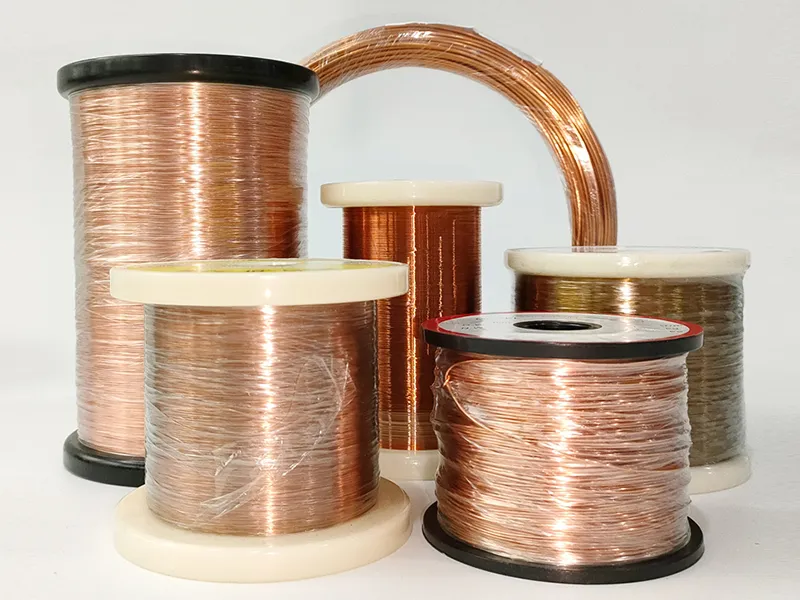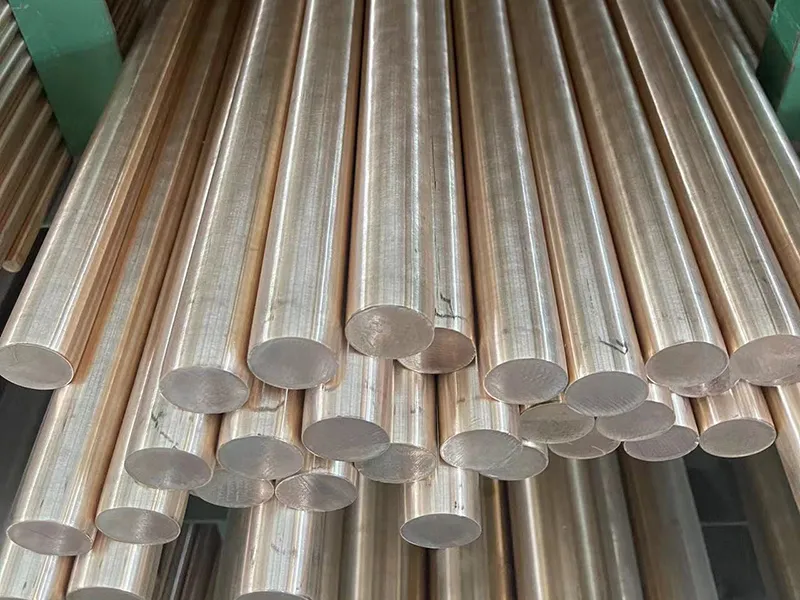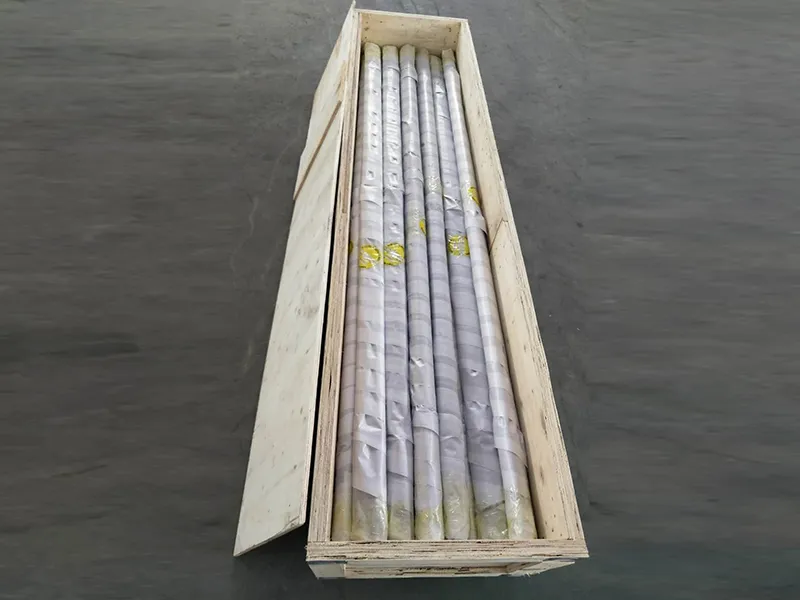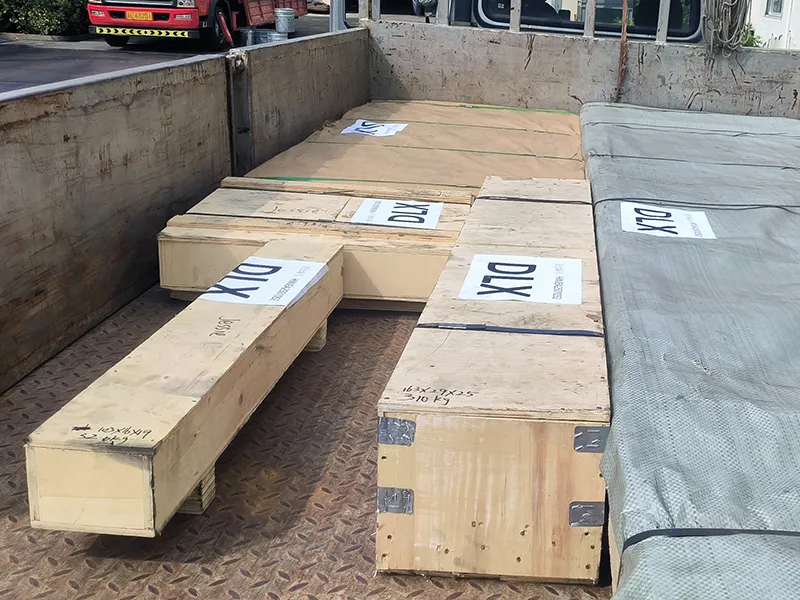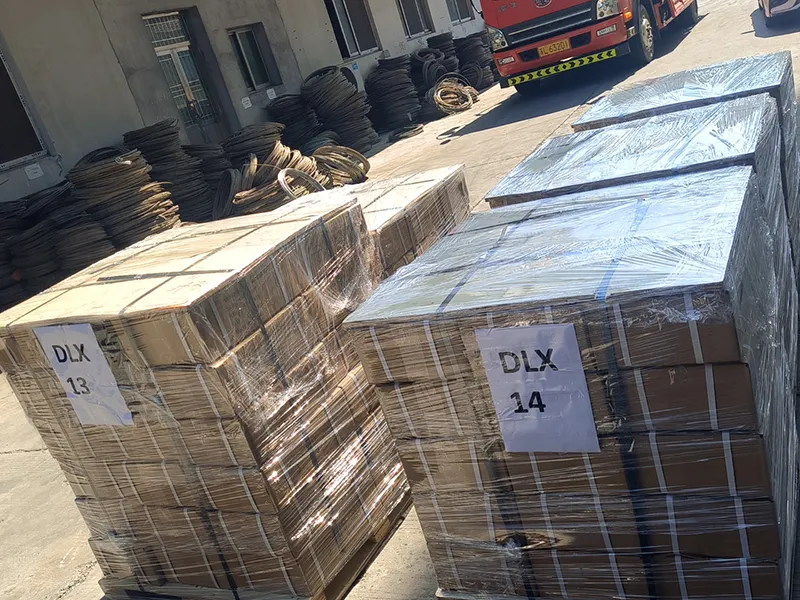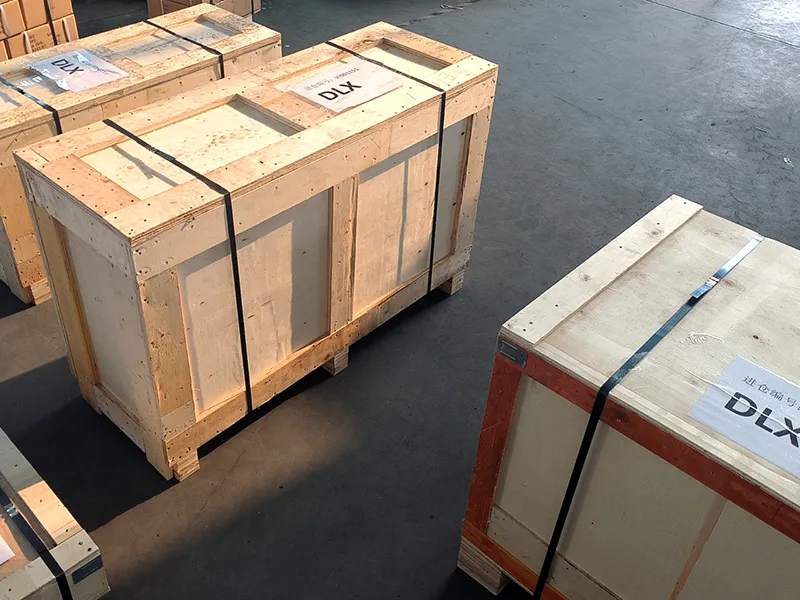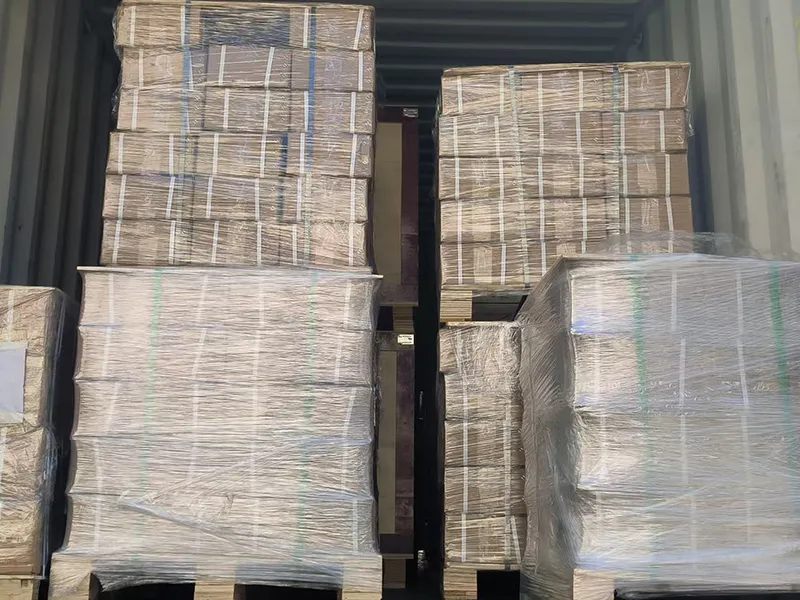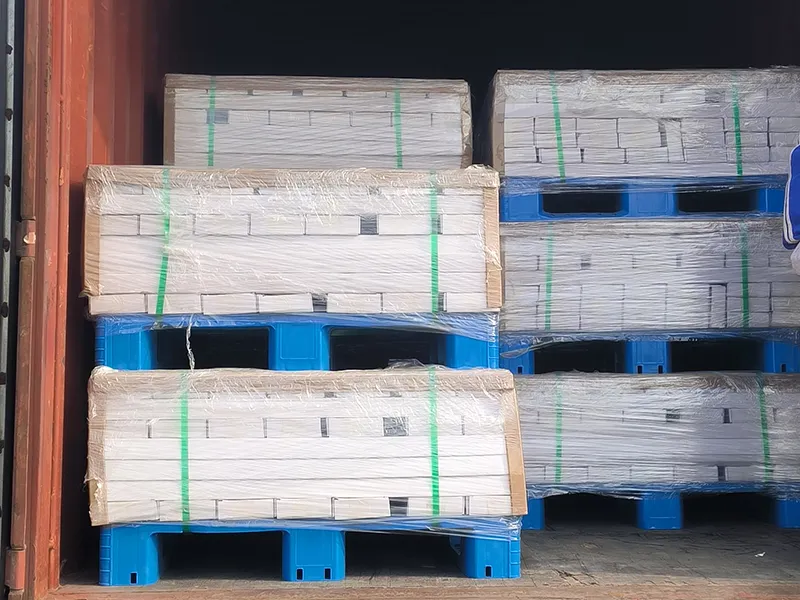Brass
| Chemical Composition |
| Grade | Copper (Cu) | Zinc (Zn) | Lead (Pb) | Iron (Fe) | Antimony (Sb) | Bismuth (Bi) |
| H62 | 60.5-63.5 | Rest | 0.08 | 0.15 | 0.005 | 0.002 |
| H65 | 63.5-68.0 | Rest | 0.03 | 0.15 | 0.005 | 0.002 |
| Mechanical Properties |
| Grade | Tensile Strength (Rm N/mm²) | Elongation at Break A5 (%) | Thickness |
| H62 | 410-630 | 10 | 0.3-10 |
| H65 | 360 | / | 5-40 |
Beryllium Copper
| Chemical Composition |
| Grade | Beryllium (Be) | Nickel (Ni)+ Cobalt (Co) | Cobalt (Co)+ Nickel (Ni)+ Iron (Fe) | Lead (Pb) | Copper (Cu) |
| C17000 | 1.60-1.79 | ≥0.2 | ≤0.6 | - | Rest |
| C17200 | 1.80-2.00 | ≥0.2 | ≤0.6 | - | Rest |
| C17300 | 1.80-2.00 | ≥0.2 | ≤0.6 | 0.2-0.6 | Rest |
| Mechanical Properties |
| Standard | ASTM B196M/ASTM B441 | YS/T 334-2009 |
| High-Strength Beryllium Copper | C17000 | QBe2 |
| C17200 | Qbe1.9 |
| C17300 | Qbe1.9-0.1 |
| | Qbe1.7 |
| High Conductivity Beryllium Copper | C17500 | Qb0.6-2.5 |
| C17510 | Qb0.3-1.8 |
| | Qb0.3-1.5 |
Chromium Zirconium Copper
| Physical Properties |
| Density (g/cm³) | Tensile Strength | Hardness | Elongation at Break | Electrical Conductivity | Thermal Conductivity |
| N/mm² | HV | % | (20℃)IACS(%) | (20℃)W/m.k |
| 8.9 | ≥ 380 | 110-145 | ≥ 15 | ≥ 75 | 330 |
| Chemical Composition |
| Aluminum (Al) | Magnesium (Mg) | Chromium (Cr) | Zirconium (Zr) | Iron (Fe) | Silicon (Si) | Phosphorus (P) | Impurities |
| 0.1-0.25 | 0.1-0.25 | 0.1-0.8 | 0.1-0.6 | 0.5 | 0.5 | 0.1 | 0.5 |
Selection Criteria
- Corrosion resistance
Choose alloys with higher corrosion resistance for marine or outdoor environments, such as bronze and copper-nickel alloys
- Electrical/thermal conductivity
Pure copper or copper-silver alloys are ideal for applications requiring high conductivity
- Strength and durability
For structural applications, stronger alloys such as aluminum bronze or brass are preferred
- Machinability
For precision and large-scale manufacturing, leaded brass or machinable copper alloys are recommended for better machinability
Applications
- Electrical and electronics industry: Used in applications ranging from household wiring to large power transmission lines in power plants
- HVAC: Essential components like refrigerant piping, evaporators, and condensers
- Building and infrastructure: Roof materials, curtain walls, door and window frames, and other architectural features
- Automotive manufacturing: Engine cooling systems, brake systems, electrical wiring, and more
- Marine engineering: Components resistant to seawater corrosion such as ship hulls and propeller shafts
- Medical equipment: Surgical instruments, dental tools, and other medical devices
- Telecommunications: Copper shielding for fiber optic communication systems
- Instrument manufacturing: Used in brass wind instruments like trumpets and trombones
Packaging
Our Copper & Copper Alloy
